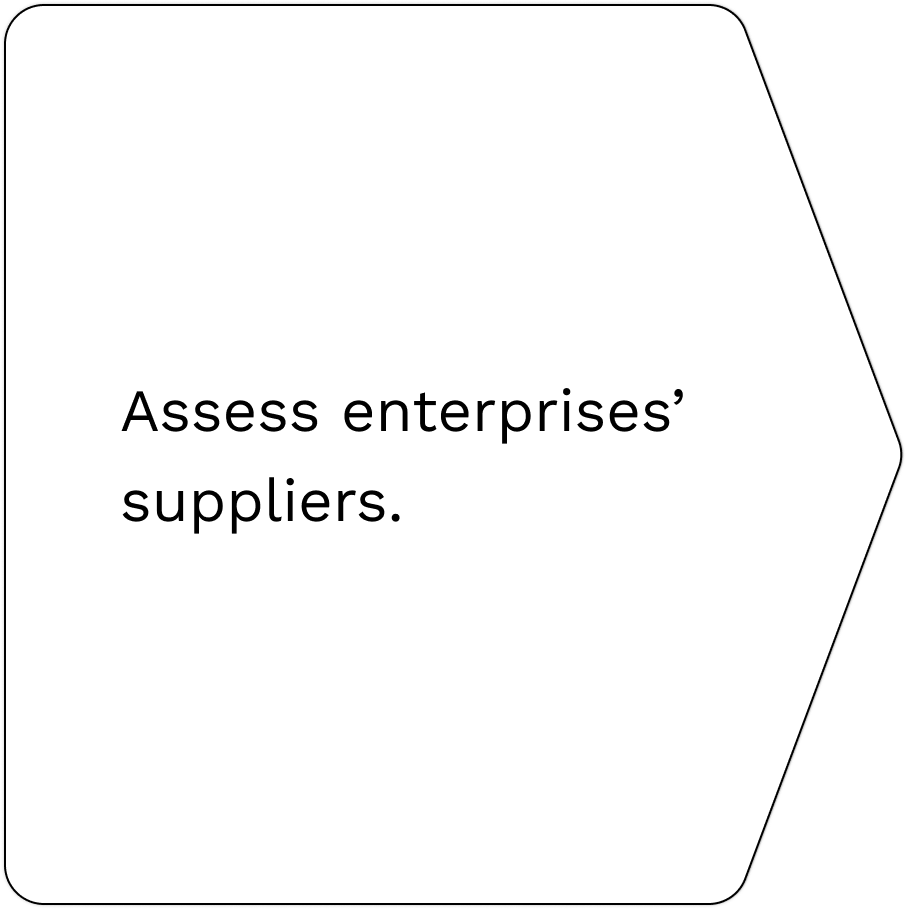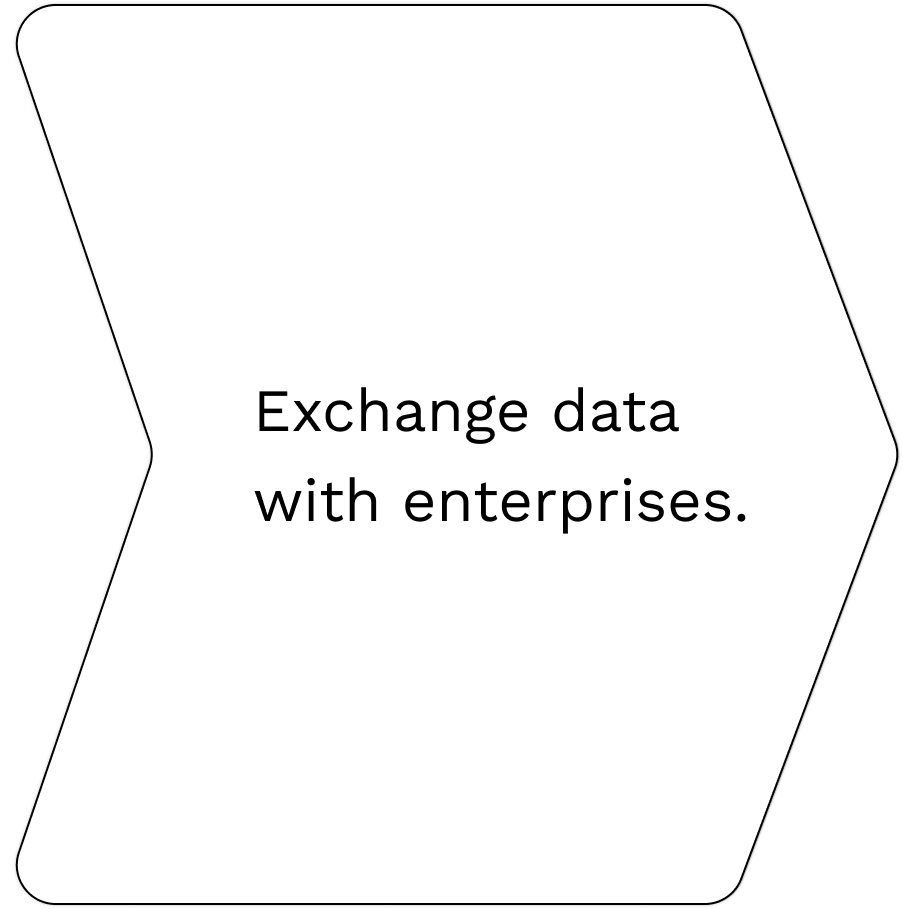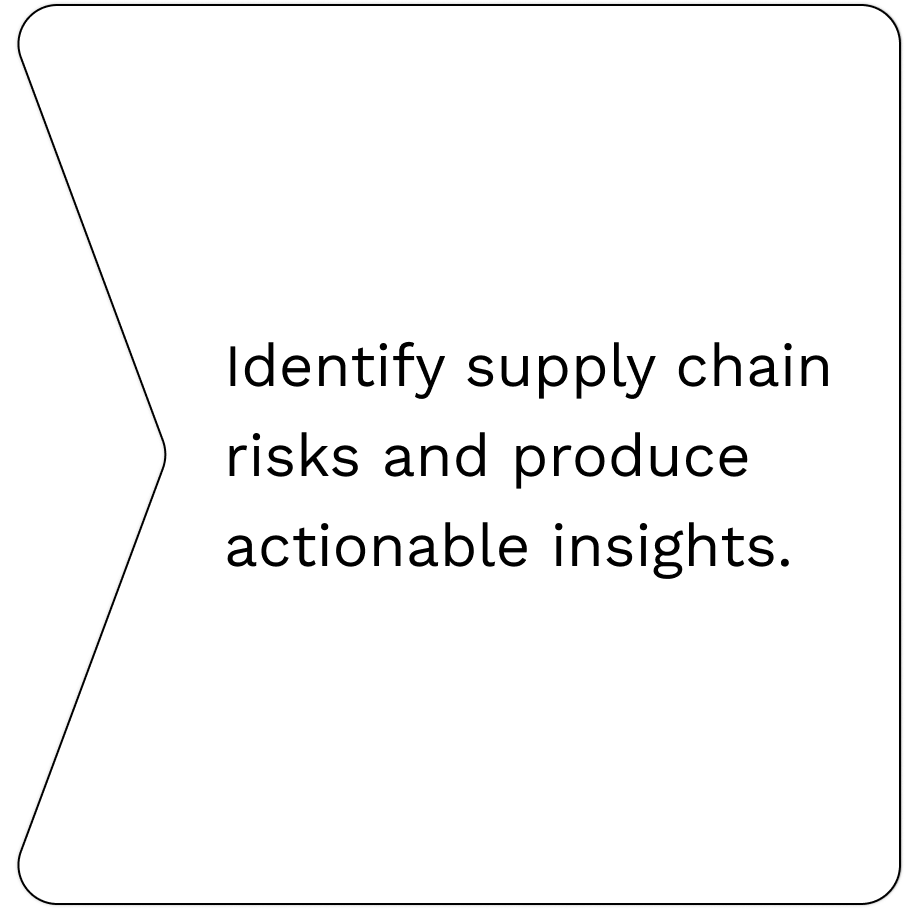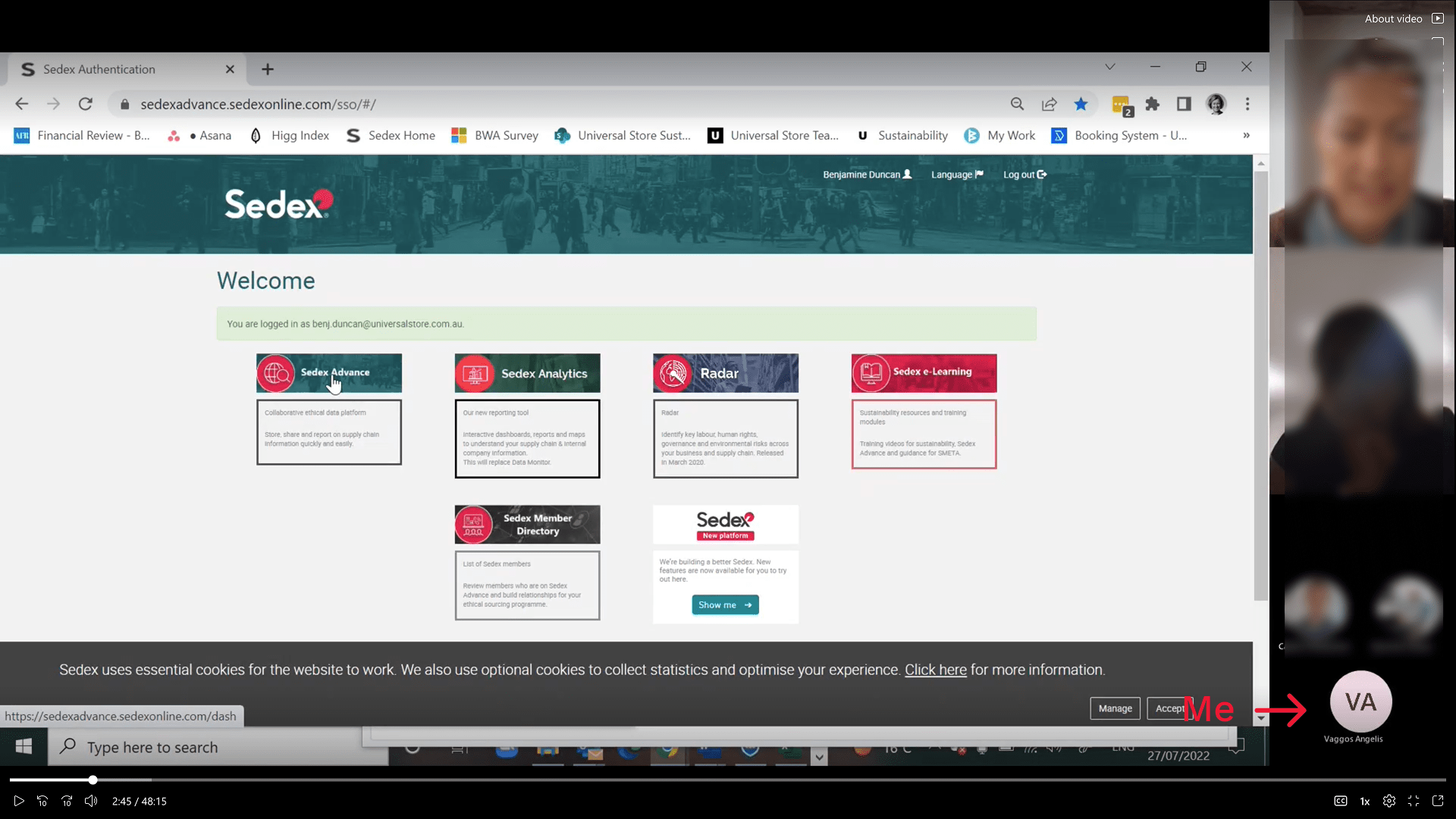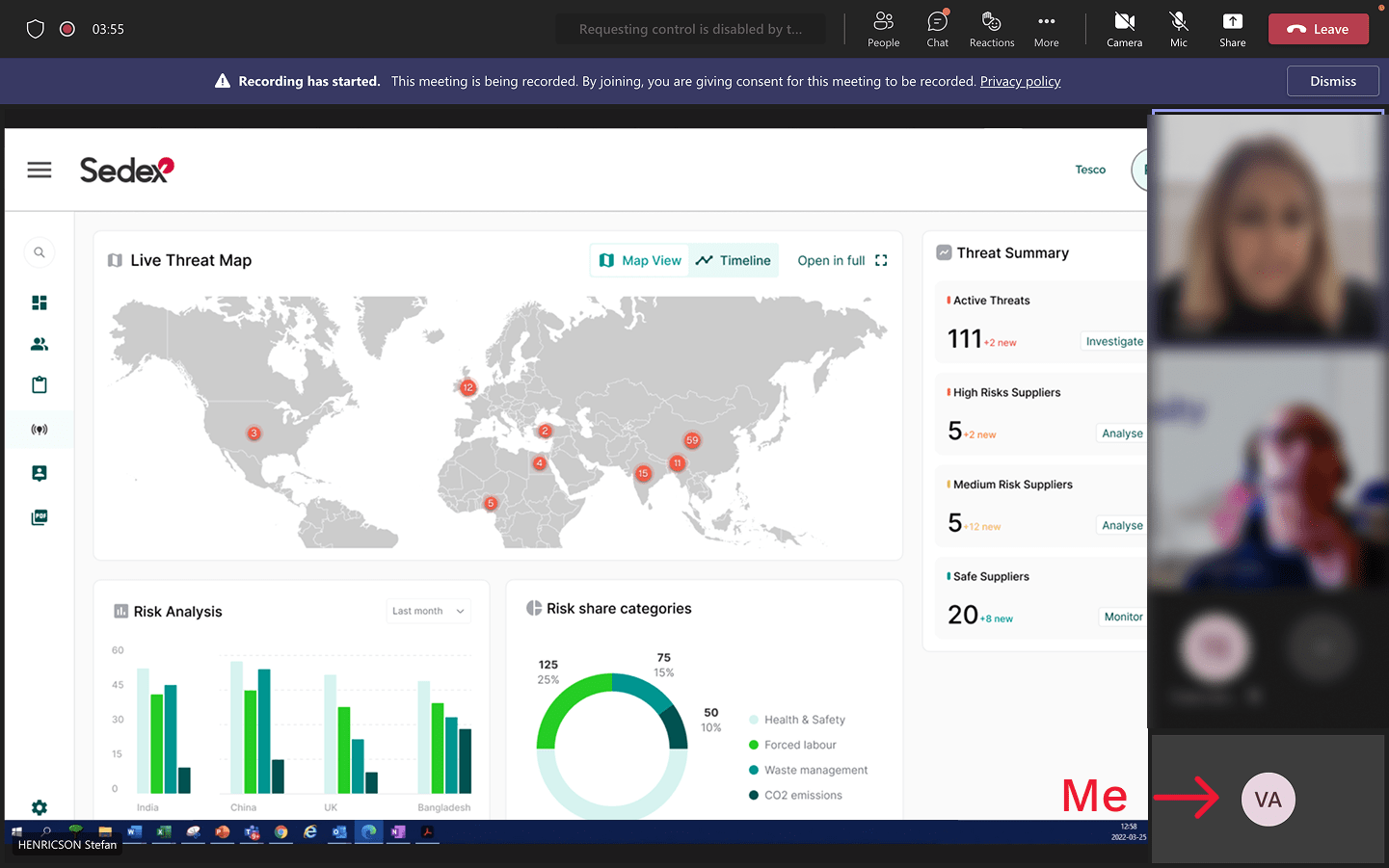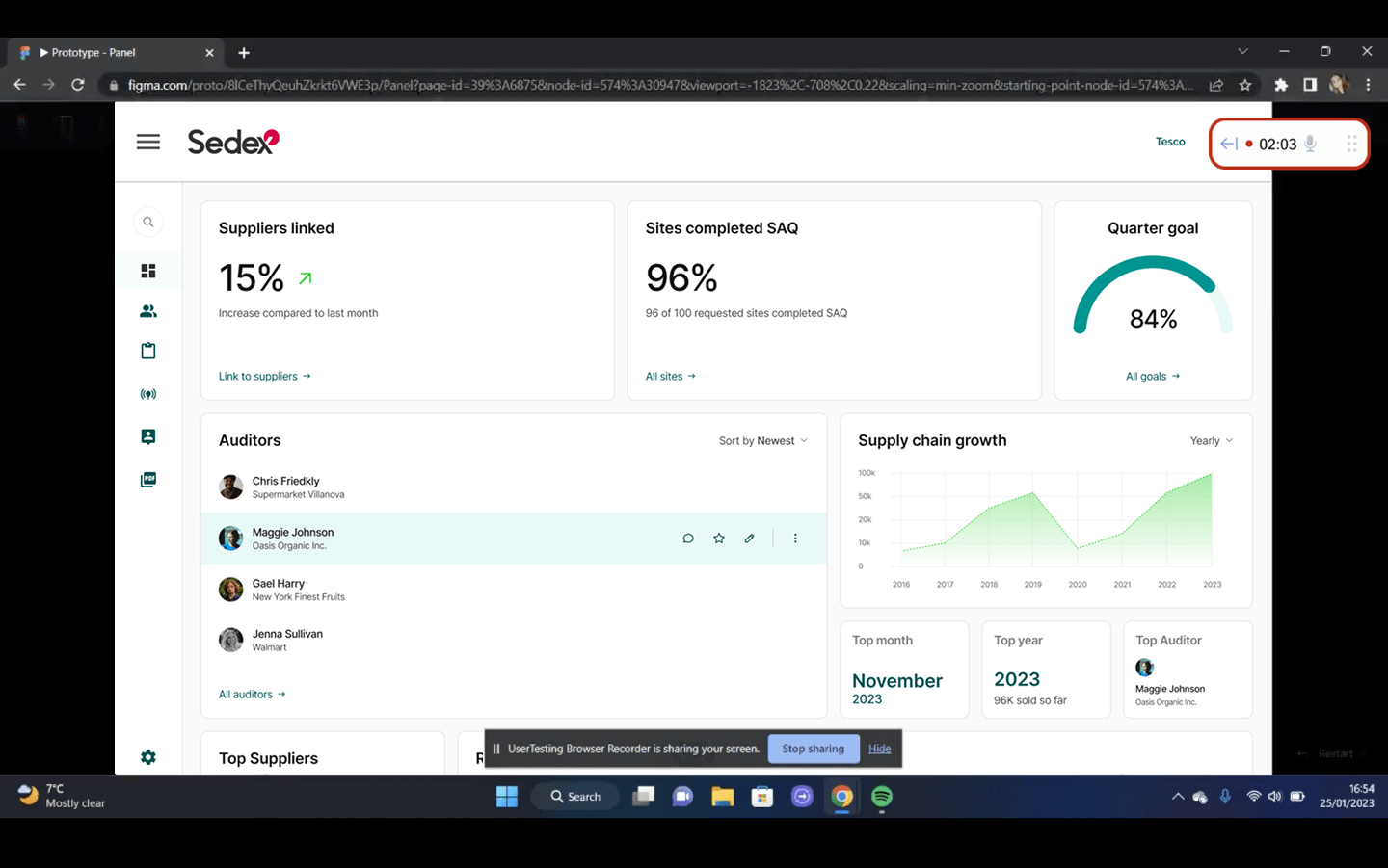
Integrating an old risk Radar tool in the new Dashboard. - Project Overview
Role: Product Designer, leading end-to-end design in a focused team, co-owning platform consistency with the design team, and shaping product goals, scope, and success measures with the team.
Team: Small initiative of myself, a Tech Lead, a Solutions Architect and a Front-End developer.
Primary tools: Figma, UserTesting, Dovetail, Miro, Jira, Confluence, Google Analytics.
Other tools: Qualtrics, Hotjar, Thoughtspot, Confluence, Intercom.
Timeframe: April 2024 - September 2024

